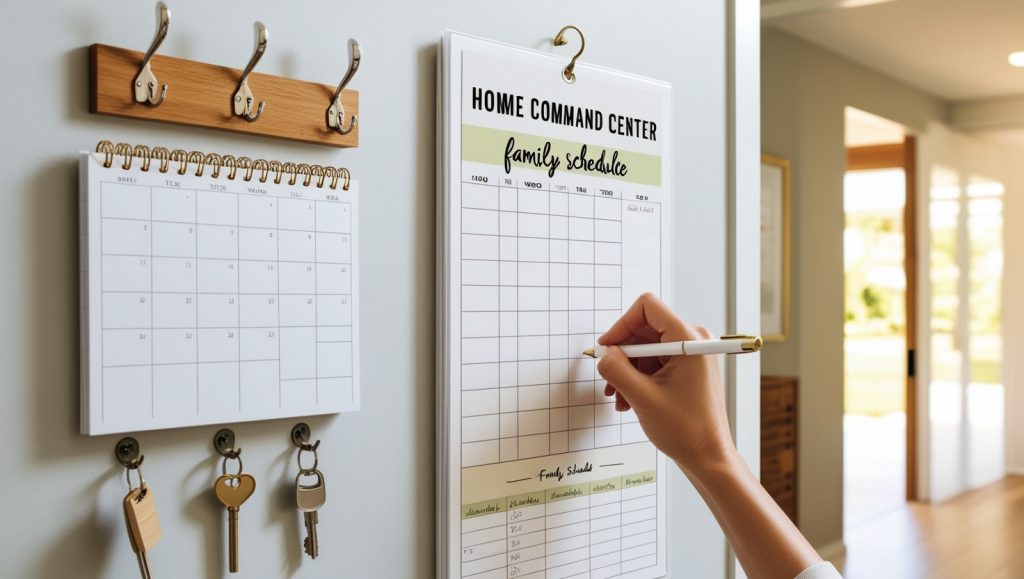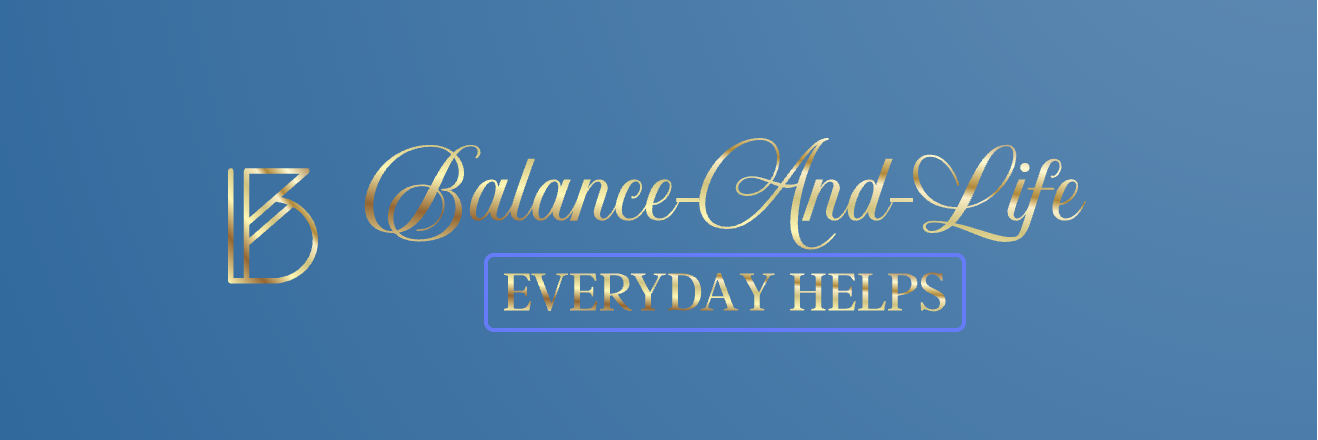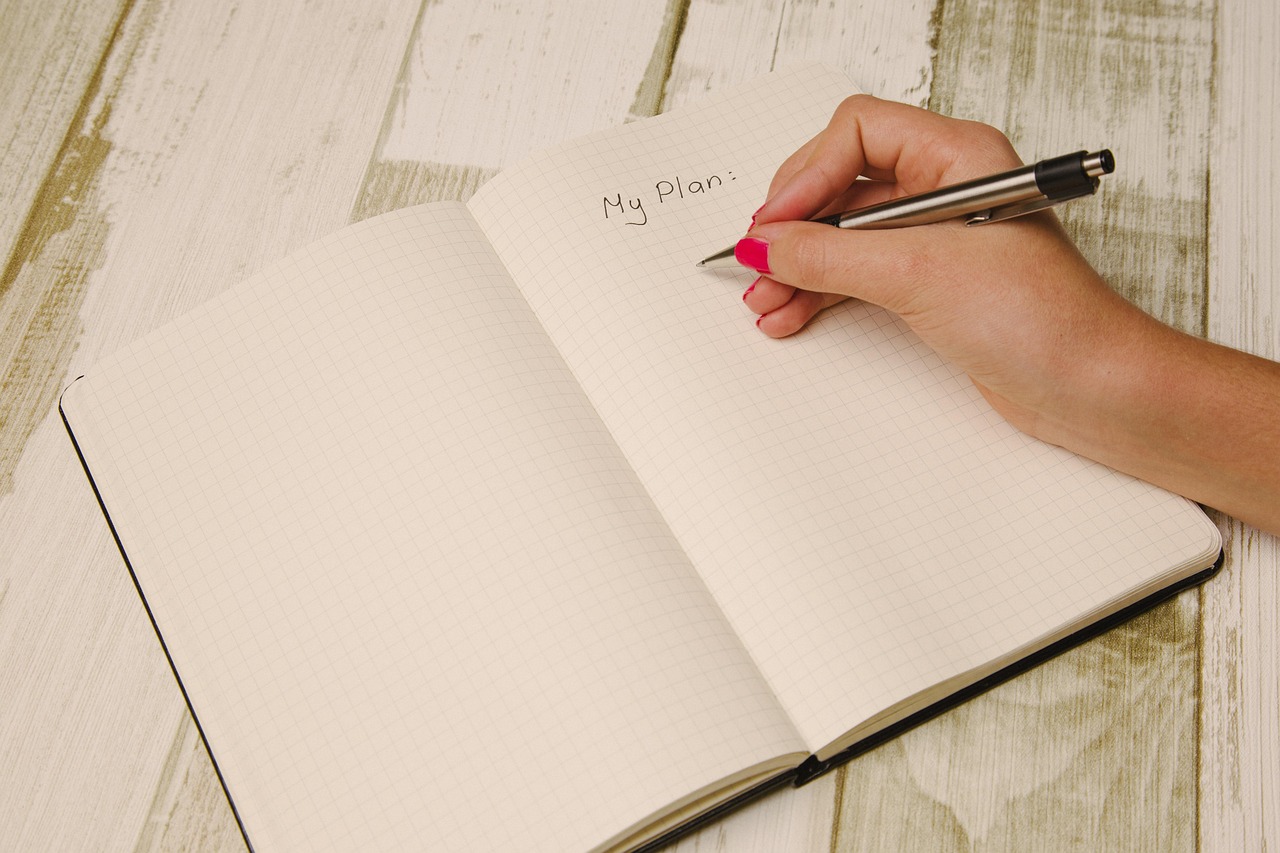In our increasingly complex world, the pursuit of simplicity has become more valuable than ever. Simple everyday tips aren’t just about convenience they’re about creating sustainable systems that reduce mental load, increase efficiency, and restore balance to your daily experience. When we implement thoughtful micro-habits, we build a foundation for lasting well-being that doesn’t require dramatic lifestyle overhauls.
The Science Behind Simple Habits
Research in behavioral psychology reveals that small, consistent actions create neuroplasticity changes in our brains, making positive behaviors automatic over time. These everyday tips work because they leverage what scientists call “habit stacking” linking new behaviors to existing routines. This approach bypasses the willpower depletion that often derails ambitious self-improvement efforts.
The beauty of simple everyday tips lies in their compound effect. Just as small financial investments grow exponentially over time, minor daily improvements accumulate into significant life transformations. A five-minute morning routine might seem insignificant, but over a year, it represents over 30 hours of intentional living.

Advanced Microproductivity Techniques
Beyond basic organization, sophisticated microproductivity involves understanding your personal energy rhythms and decision making patterns. Track your energy levels throughout the day for a week, noting when you feel most alert and when mental fatigue sets in. This data allows you to schedule high-concentration tasks during peak performance windows.
Implement the “energy audit” technique: categorize daily activities as energy-giving, energy-neutral, or energy-draining. Strategically balance your schedule to include energy-replenishing activities throughout demanding periods. This might mean scheduling a brief walk after intense meetings or listening to uplifting music during routine tasks.
Digital Minimalism for Daily Ease
Modern life ease requires mastering our relationship with technology. Create “digital boundaries” that protect your mental space from constant connectivity. Designate specific times for checking emails and social media, rather than responding reactively throughout the day. This approach reduces cognitive switching costs and improves focus quality.
Utilize automation tools to handle routine digital tasks. Set up automatic bill payments, create email filters that sort messages into appropriate folders, and use scheduling apps to batch similar communications. These systems free mental bandwidth for creative and relational activities that truly matter.

Environmental Psychology and Space Design
Your physical environment significantly impacts your daily ease and productivity. Apply environmental psychology principles by creating “visual pathways” that guide positive behaviors. Place healthy snacks at eye level, keep workout clothes visible, and position books in high-traffic areas to encourage reading.
Design “friction” into undesirable behaviors and remove it from positive ones. Make accessing junk food require extra steps while keeping water bottles easily available. This environmental engineering makes good choices the default option rather than requiring constant willpower.
Cognitive Load Management

Everyday ease depends heavily on reducing cognitive load the mental effort required for decision-making and task management. Implement “decision frameworks” for recurring choices. Create templates for common situations: standardized meal rotations, outfit formulas, or meeting agendas. These frameworks eliminate decision fatigue while maintaining flexibility.
Practice “batch processing” for similar cognitive tasks. Designate specific times for planning, correspondence, and administrative work. This approach minimizes context switching and allows for deeper focus on each activity type.
Emotional Regulation Strategies
Simple everyday tips must address emotional well-being alongside practical efficiency. Develop “emotional check-in” routines that help you recognize stress signals before they become overwhelming. A brief morning self-assessment can help you adjust your daily approach based on your current emotional state.
Create “transition rituals” between different life roles parent to professional, work mode to relaxation time. These might involve changing clothes, taking deep breaths, or listening to specific music. Such rituals help your brain shift gears smoothly rather than carrying stress from one context to another.
Social Connection Optimization
Easy daily living includes nurturing relationships without adding complexity. Implement “relationship maintenance” systems that keep connections strong with minimal effort. Send quick appreciation texts, schedule regular check-ins with important people, and create shared calendars for family coordination.
Practice “social batching” by combining relationship building with other activities. Walk with friends instead of exercising alone, involve family members in meal preparation, or create study groups for personal learning goals. This approach strengthens bonds while accomplishing necessary tasks.
Read more: Simple Everyday Tips to Make Life EasierFor more ideas on self-care, check out this Harvard Health Article on Relaxation Techniques.
CONCLUSION:
Simple everyday tips are an investment in your long-term well-being and productivity. By implementing these strategies, you create daily experiences that naturally support your goals while reducing stress and increasing satisfaction. Remember that perfection isn’t the goal consistency and adaptability are the keys to lasting positive change. Start with one or two tips that resonate most with your current needs, and gradually build a toolkit of habits that make your daily life flow more smoothly and joyfully.
If you’re looking to simplify your home routines as well, don’t miss our guide on How to Keep Your Home Clean and Organized

